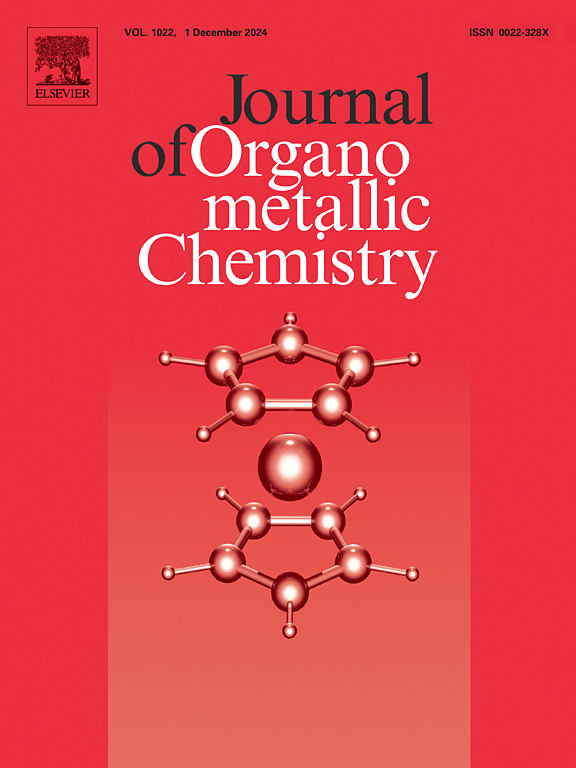High-performance NiFe2O4 spinel catalysts: Recyclability and efficiency in multicomponent reactions
IF 2.1
3区 化学
Q3 CHEMISTRY, INORGANIC & NUCLEAR
引用次数: 0
Abstract
Multicomponent reactions (MCRs) provide a greener approach to chemical synthesis, yet their complexity requires efficient catalysts. In this study, we investigate nickel ferrite spinels (NiFe2O4) as heterogeneous catalysts for the aza-Henry MCR to synthesize 2-arylimidazo[1,2-a]pyridines. NiFe2O4 was synthesized via a sol–gel method and calcined at 500, 700, and 1000 °C. Higher calcination temperatures yielded spinels with enhanced purity, crystallinity, and magnetization, improving catalytic performance, particularly for the sample calcined at 1000 °C. Catalytic assays showed that with just 10 mol.% catalyst, the yield of 2-arylimidazo[1,2-a]pyridine reached 93 %, surpassing both homogeneous and heterogeneous alternatives. NiFe2O4 also efficiently catalyzed the synthesis of the gastroprotective drug Zolimidine®, achieving a 65 % yield. Its magnetic properties facilitated easy recovery and reuse over five cycles, maintaining 80 % catalytic efficiency and over 98 % recovery. These results highlight NiFe2O4 spinels as sustainable, recyclable, and highly effective catalysts for MCRs, making them promising candidates for laboratory and industrial applications.

求助全文
约1分钟内获得全文
求助全文
来源期刊

Journal of Organometallic Chemistry
化学-无机化学与核化学
CiteScore
4.40
自引率
8.70%
发文量
221
审稿时长
36 days
期刊介绍:
The Journal of Organometallic Chemistry targets original papers dealing with theoretical aspects, structural chemistry, synthesis, physical and chemical properties (including reaction mechanisms), and practical applications of organometallic compounds.
Organometallic compounds are defined as compounds that contain metal - carbon bonds. The term metal includes all alkali and alkaline earth metals, all transition metals and the lanthanides and actinides in the Periodic Table. Metalloids including the elements in Group 13 and the heavier members of the Groups 14 - 16 are also included. The term chemistry includes syntheses, characterizations and reaction chemistry of all such compounds. Research reports based on use of organometallic complexes in bioorganometallic chemistry, medicine, material sciences, homogeneous catalysis and energy conversion are also welcome.
The scope of the journal has been enlarged to encompass important research on organometallic complexes in bioorganometallic chemistry and material sciences, and of heavier main group elements in organometallic chemistry. The journal also publishes review articles, short communications and notes.
 求助内容:
求助内容: 应助结果提醒方式:
应助结果提醒方式:


